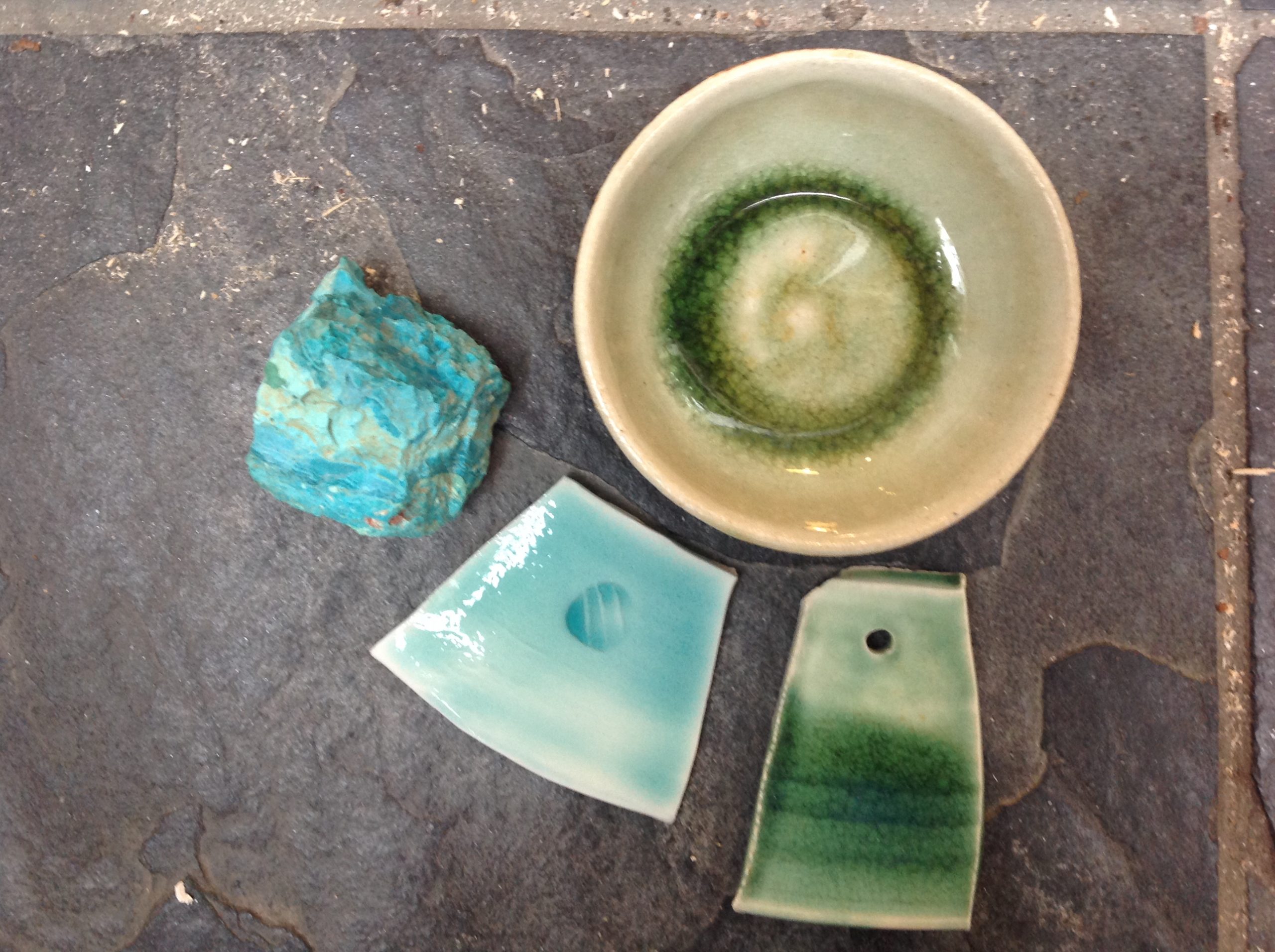
Colouring oxides are added to glazes to produce colour. They dissolve in the glaze to produce transparent glazes with more depth than those made using commercial stains. I prefer to add only small amounts of colouring oxides to give pale, watery transparent glazes.









The glaze recipes are in my book The Handbook of Glaze Recipes. The book shows how to make a wide range of subtly coloured glazes predominantly using the colouring oxide rather than commercial stains.
My next book Science for Potters is coming out later this year.
